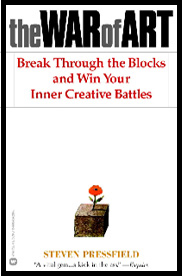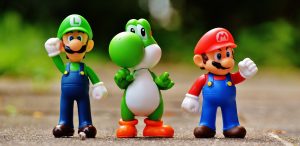
Innovation is the Holy Grail in many of today’s organizations. Amazon lists over 50,000 books on the topic, and a Google search finds over 40 million results. With that much information available, why don’t we have THE answer yet?
Maybe it has to do something with culture. Sustainable innovation requires a stable culture of innovation. That can be a challenge.
While organizations are not creative per se, they set the stage for employees. They provide the environment (culture and blueprints) that either enable or stifle it. I described a basic motivational blueprint (Teresa Amabile’s Componential Theory of Creativity) in my post on organizational creativity. Here I want to focus on culture.
Culture is essentially the personality of an organization—its mores, social dynamics, and ambiance.… Read the rest




